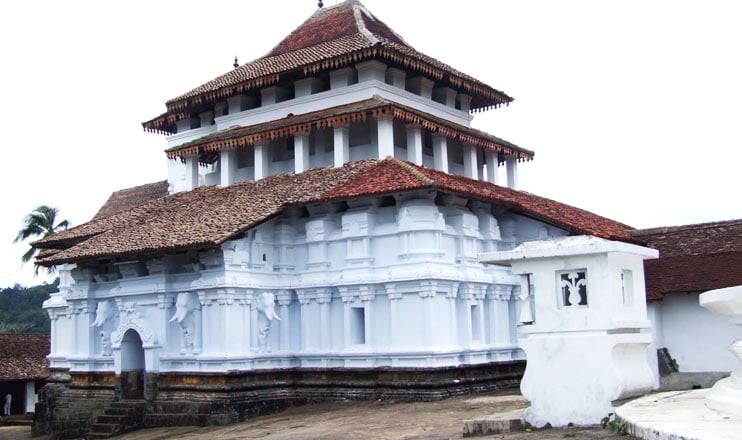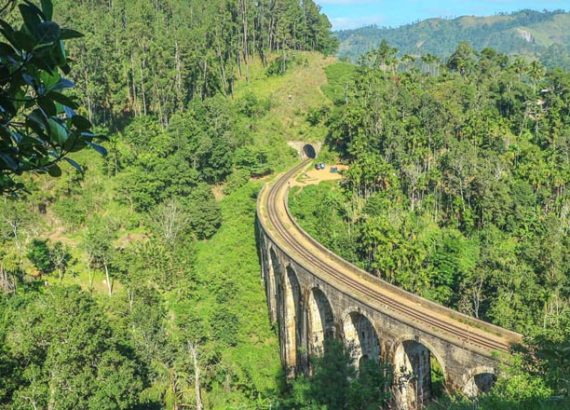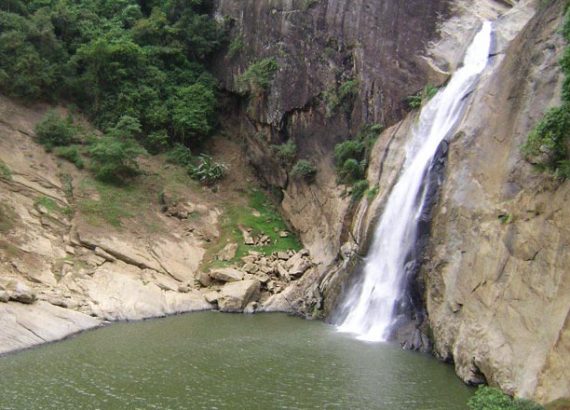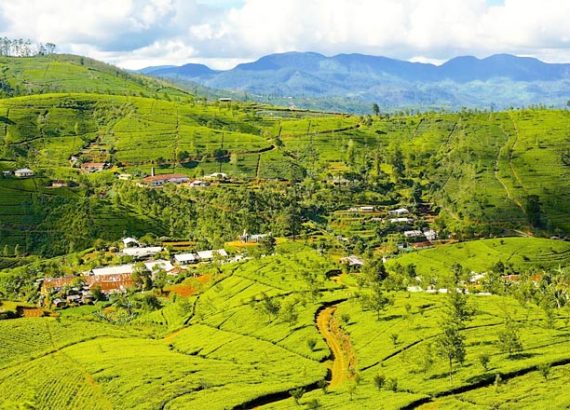Three-Temples Loop

Three-Temples Loop
Among the many Kandyan-era temples that dot the area around Kandy, the Gadaladeniya, Lankatilaka and EmbekkeDevaletemples are exceptional. These three temples date from the 14th century, when the Kandyan kingdom was in its early days.
Situated atop a rock, the Gadaladeniya Temple complex was built during the reign of King Bhuvanekabahuin 1344. The first building within the temple complex is the cruciform subsidiary shrine. Each wing of this is the cruciform subsidiary shrine. Each wing of this shrine houses the Buddha image and is crowned by a small dagoba.The interior is adorned with attractive wall paintings.
Guarding the steps leading to the main stone temple are two small elephant sculptures the carvings of dancers and drummers on the temple’s exterior walls mark the influence of south Indian architecture in its construction. Inside, a serene golden Buddha sits under a makaratorana(ceremonialarch) decorated with murals.
Located 2 km south-west of the Gadaladeniya Temple, the imposing, bright white Lankatilaka Temple is probably the most impressive of the three shrines. Visitors arriving by car enter from the western side of complex, while those on foot reach the site by a steep flight of rock-cut steps on the eastern side. The west door leads to a series of Hindu shrines. However, the main attraction here is the Buddhist image house, the entrance to which lies on the eastern side. Flanking the door-way leading into the chamber are two guardian gajasingahas (elephant-lions). Inside, there is a seated Buddha statue under a makaratoranasurrounded by Kandyan-era paintings on the walls and ceiling. To the left of the building is a rock inscription detailing the construction of the temple, which was completed in 1344.
Dedicated to the guardian deity Kataragama, the EmbekkeDevale lies 2 km south-east of the Lankatilaka Temple. The shrine is famous for the richly carved wooden pillars of its digge (drummers’ pavilion). The intricate design on each of these pillars portrays flowers, dancers, soldiers and wrestles among other themes. Just behind the digge is the main shrine, and to its right is a subsidiary shrine with a Buddha statue of a peacock, the bird associated with Kataragama.
Among the many Kandyan-era temples that dot the area around Kandy, the Gadaladeniya, Lankatilaka and EmbekkeDevaletemples are exceptional. These three temples date from the 14th century, when the Kandyan kingdom was in its early days.
Situated atop a rock, the Gadaladeniya Temple complex was built during the reign of King Bhuvanekabahuin 1344. The first building within the temple complex is the cruciform subsidiary shrine. Each wing of this is the cruciform subsidiary shrine. Each wing of this shrine houses the Buddha image and is crowned by a small dagoba.The interior is adorned with attractive wall paintings.
Guarding the steps leading to the main stone temple are two small elephant sculptures the carvings of dancers and drummers on the temple’s exterior walls mark the influence of south Indian architecture in its construction. Inside, a serene golden Buddha sits under a makaratorana(ceremonialarch) decorated with murals.
Located 2 km south-west of the Gadaladeniya Temple, the imposing, bright white Lankatilaka Temple is probably the most impressive of the three shrines. Visitors arriving by car enter from the western side of complex, while those on foot reach the site by a steep flight of rock-cut steps on the eastern side. The west door leads to a series of Hindu shrines. However, the main attraction here is the Buddhist image house, the entrance to which lies on the eastern side. Flanking the door-way leading into the chamber are two guardian gajasingahas (elephant-lions). Inside, there is a seated Buddha statue under a makaratoranasurrounded by Kandyan-era paintings on the walls and ceiling. To the left of the building is a rock inscription detailing the construction of the temple, which was completed in 1344.
Dedicated to the guardian deity Kataragama, the EmbekkeDevale lies 2 km south-east of the Lankatilaka Temple. The shrine is famous for the richly carved wooden pillars of its digge (drummers’ pavilion). The intricate design on each of these pillars portrays flowers, dancers, soldiers and wrestles among other themes. Just behind the digge is the main shrine, and to its right is a subsidiary shrine with a Buddha statue of a peacock, the bird associated with Kataragama.






